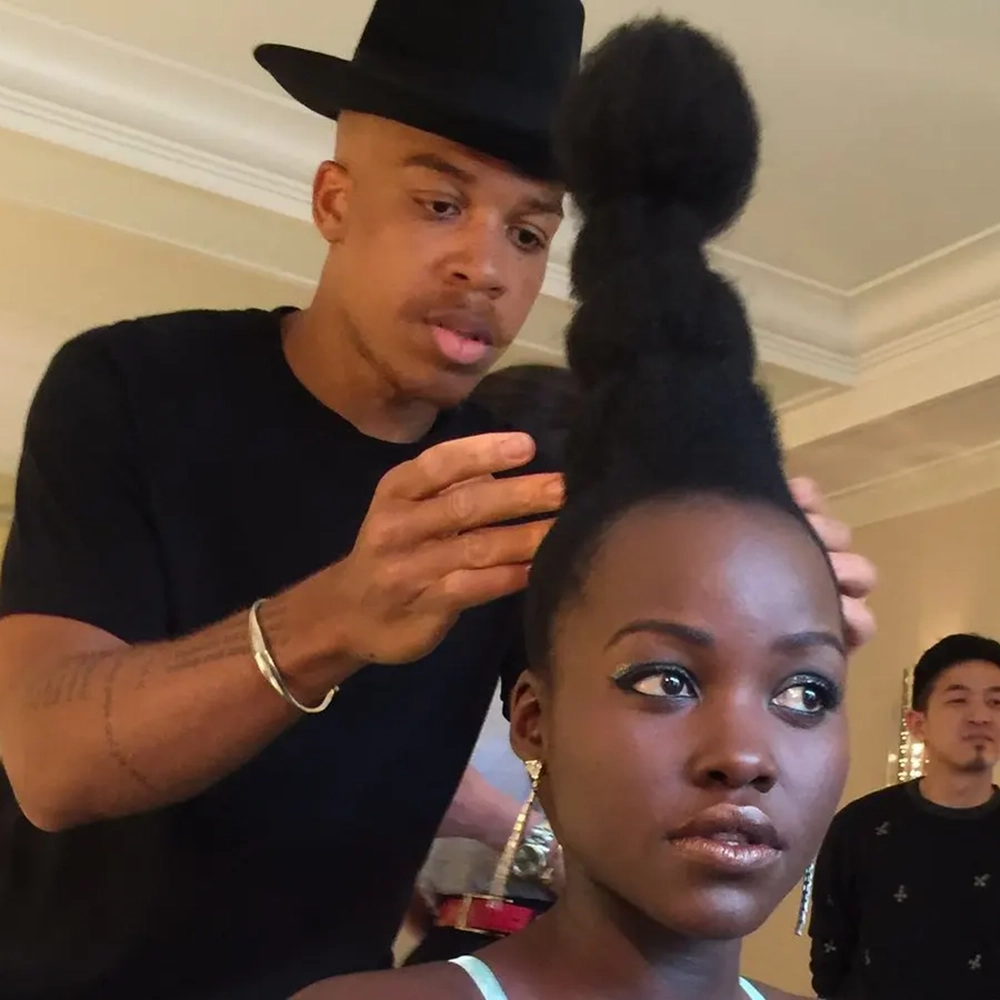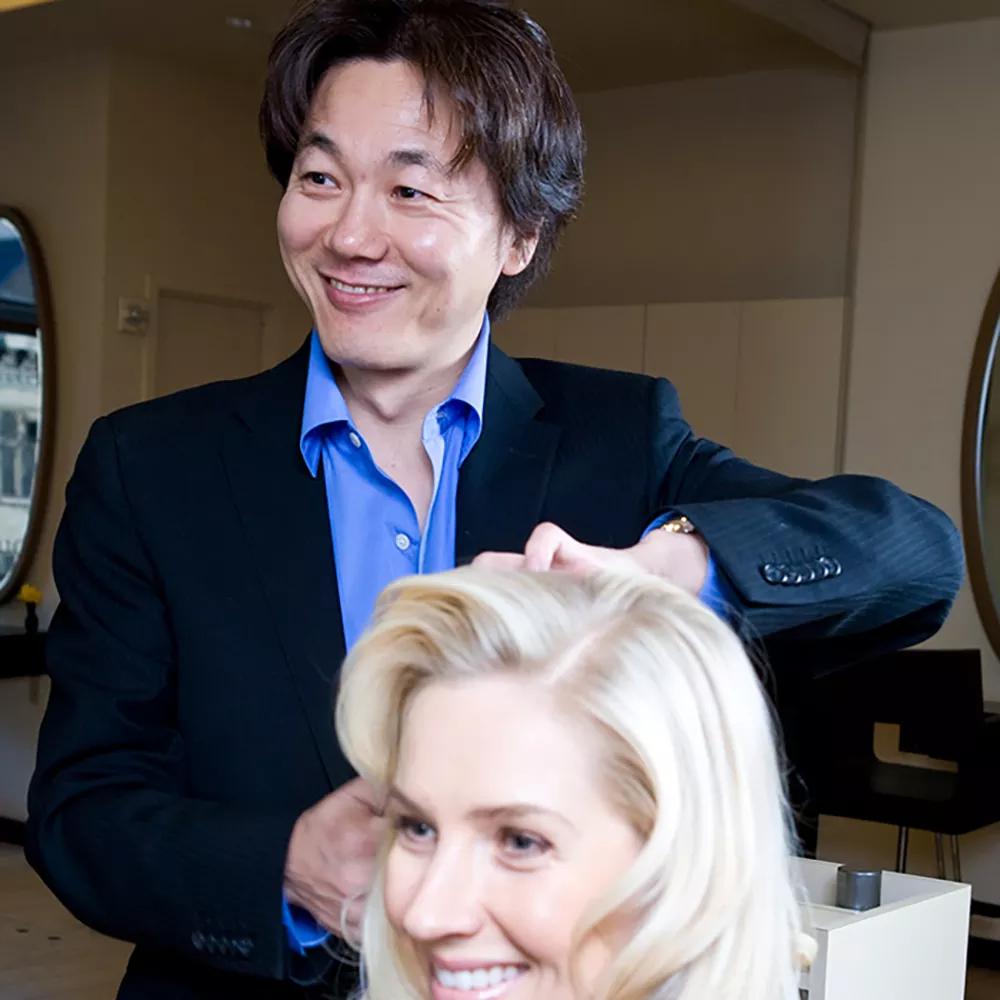The Difference Between Hair Stylists And Hair Artists
When it comes to our hair, many of us rely on professionals to help us achieve the perfect look. Whether it’s a new haircut or an elaborate hairstyle for a special occasion, we often seek the expertise of individuals who specialize in hair care. Two common terms that are often used interchangeably are “hair stylist” and “hair artist.” While both professionals work with hair, there are key differences between the two.
1. Training and Education:
A hair stylist typically obtains formal training from a recognized cosmetology school. They learn the fundamental techniques of cutting, coloring, and styling hair. These professionals often hold a state-issued license, ensuring that they have met the necessary requirements to practice hair styling. On the other hand, a hair artist may have a similar educational background but tends to pursue additional training and specialize in innovative and artistic techniques. They often attend advanced courses and workshops to enhance their creativity and stay updated with the latest trends in the industry.
2. Approach to Hair:
One of the main differences between a hair stylist and a hair artist lies in their approach to hair. A hair stylist typically focuses on providing classic and traditional hairstyles. They are skilled in creating clean and precise cuts and are experts at executing popular haircuts. Hair stylists often excel at working with diverse hair textures and can recommend suitable hairstyles based on their clients’ preferences and facial features. On the other hand, a hair artist embraces a more avant-garde approach to hair. They strive to create unique and unconventional hairstyles that push the boundaries of creativity. Hair artists are often sought after for editorial photo shoots, fashion shows, and other events that require a bold and artistic vision.
3. Clientele:
The clientele of a hair stylist and a hair artist also tends to vary. Hair stylists cater to a wide range of clients, including those seeking routine haircuts and styling for everyday wear. They also provide services such as hair coloring, highlights, and hair treatments. Hair stylists often have a loyal and diverse customer base that spans across different age groups and hair types. On the other hand, a hair artist typically attracts clients who are looking for a unique and personalized hair experience. Their clientele may include individuals in the entertainment industry, fashion-forward individuals, or those who want to make a bold statement with their hair.
In Conclusion:
The terms “hair stylist” and “hair artist” may sometimes be used interchangeably, but there are distinct differences between the two. Hair stylists undergo formal training, provide classic and traditional hairstyles, and cater to a wide range of clients. On the other hand, hair artists often have advanced training, specialize in unconventional and artistic techniques, and attract clients who seek unique and personalized hair experiences. Both professionals play vital roles in the world of hair care and contribute to helping individuals look and feel their best.
The Training And Skills Of A Hair Stylist
When it comes to getting a new hairstyle or haircut, we often rely on the expertise of a hair stylist. But have you ever wondered about the training and skills that a hair stylist possesses? In this blog post, we will explore the extensive training and essential skills that make a hair stylist truly exceptional.
First and foremost, becoming a hair stylist requires proper education and training. Many aspiring hair stylists enroll in reputable beauty schools or cosmetology programs to gain the necessary knowledge and hands-on experience. During their training, they learn about various hair types, face shapes, and the different techniques to achieve different hairstyles. This foundation allows them to cater to the unique needs and preferences of their clients.
Additionally, a hair stylist needs to develop excellent technical skills. They must be proficient in a wide range of hair cutting and styling techniques. From precision cutting to advanced coloring and highlighting methods, a skilled hair stylist can transform a client’s hair into a work of art. These technical skills are crucial in executing the desired hairstyle with precision and creativity.
- Moreover, communication and listening skills are vital for a hair stylist. The ability to effectively communicate with clients is essential in understanding their desires and expectations. A good hair stylist takes the time to actively listen and comprehend what the client wants, offering professional advice and recommendations when needed. This level of communication ensures that the client’s vision is translated into a fabulous hairstyle that suits their individual style and personality.
| Keyword | Context |
|---|---|
| Hair Stylist | A hair stylist possesses the necessary training and skills to create stunning hairstyles. |
| Hair Artist | Similar to a painter or sculptor, a hair artist transforms hair into a beautiful masterpiece. |
| Hairstyles | A hair stylist is adept at creating a wide variety of hairstyles, catering to different tastes and preferences. |
| Haircuts | From classic bob cuts to trendy pixie cuts, a hair stylist is capable of providing any desired haircut. |
In conclusion, the job of a hair stylist goes beyond just cutting and styling hair. It requires extensive training, technical skills, and effective communication to bring their client’s vision to life. Whether you’re looking for a simple trim or a completely new hairstyle, entrusting your hair to a skilled and knowledgeable hair stylist ensures that you will walk out of the salon looking and feeling fabulous. So the next time you visit your hair stylist, appreciate the training and skills they possess, knowing that you are in the hands of a true professional.
The Creative Process Of A Hair Artist
When it comes to hair, we often think of Hair Stylists and Hair Artists as the same thing. However, there is a subtle difference between the two. Hair Stylists are professionals who are trained in providing various hair services such as haircuts, styling, and coloring. On the other hand, Hair Artists are individuals who take hair styling to the next level by using their artistic skills and creativity to create unique and innovative hairstyles.
The training and skills required to become a Hair Stylist are extensive. Hair Stylists typically attend beauty or cosmetology schools where they learn the basics of hair cutting, coloring, and styling techniques. They also receive hands-on training and practice on mannequins and real clients under the guidance of experienced instructors. Hair Stylists need to stay updated with the latest trends and techniques in the industry to provide the best services to their clients. They also need to have good communication skills to understand the client’s requirements and advise them on suitable hairstyles.
The journey of a Hair Artist starts with a strong foundation as a Hair Stylist. Building on their knowledge and skills, Hair Artists take their creativity to new heights. They experiment with different textures, shapes, and colors to create unique hairstyles that reflect their artistic vision. The creative process of a Hair Artist involves brainstorming ideas, sketching hair designs, and using various tools and techniques to bring their vision to life. Hair Artists often collaborate with photographers, makeup artists, and fashion designers to create stunning looks for photoshoots, fashion shows, and events.




































